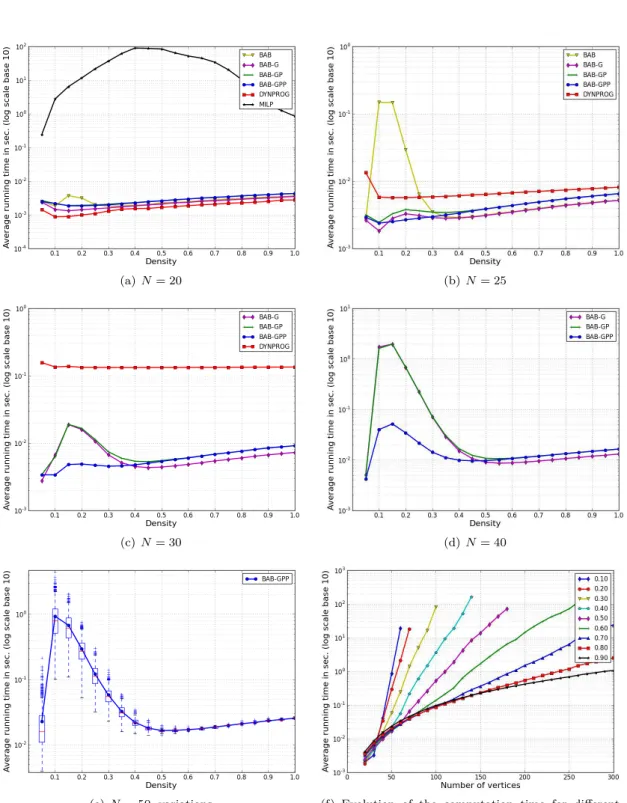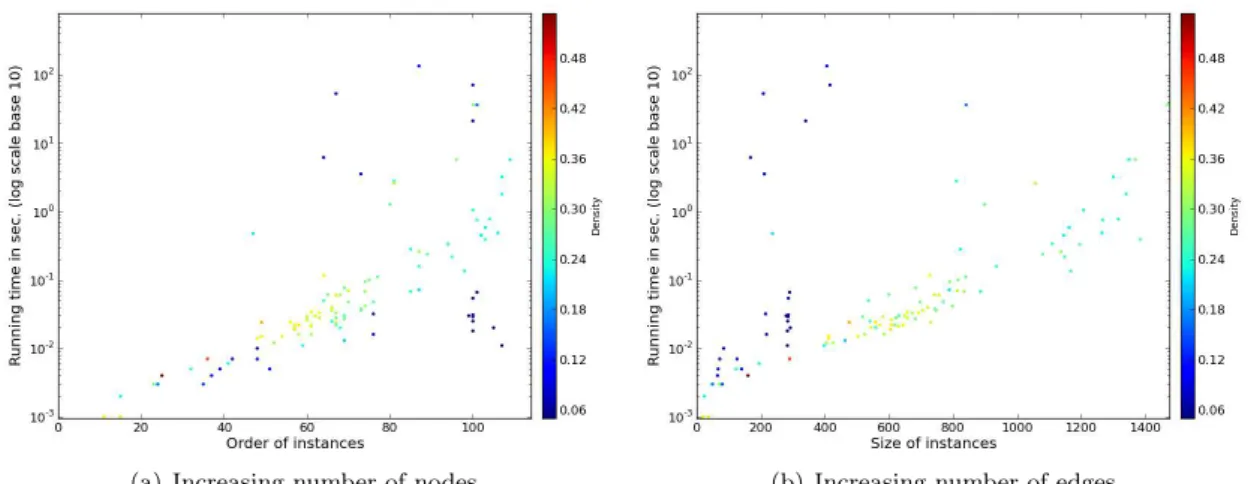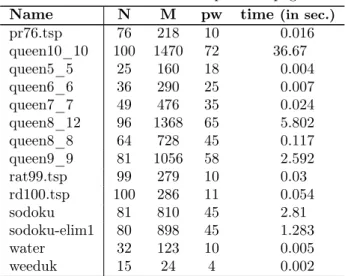Experimental Evaluation of a Branch and Bound Algorithm for computing Pathwidth
Texte intégral
Figure

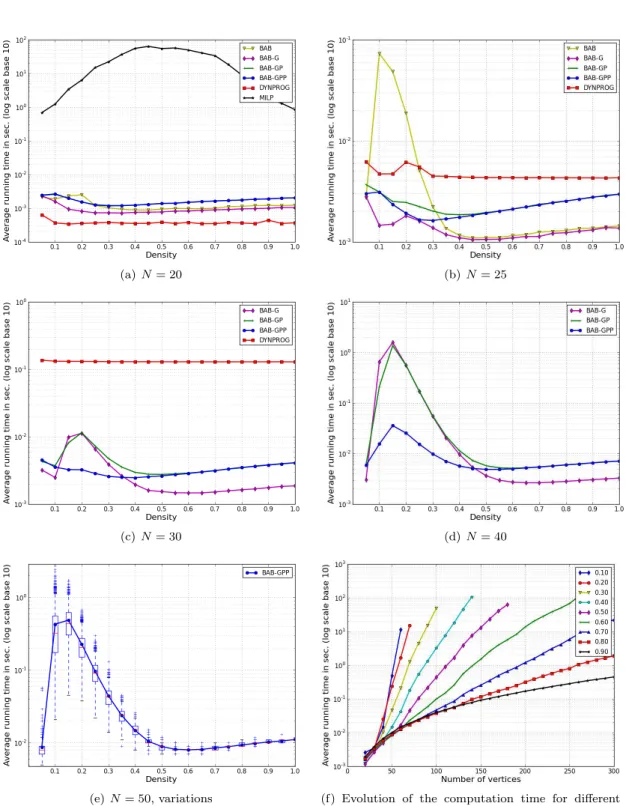
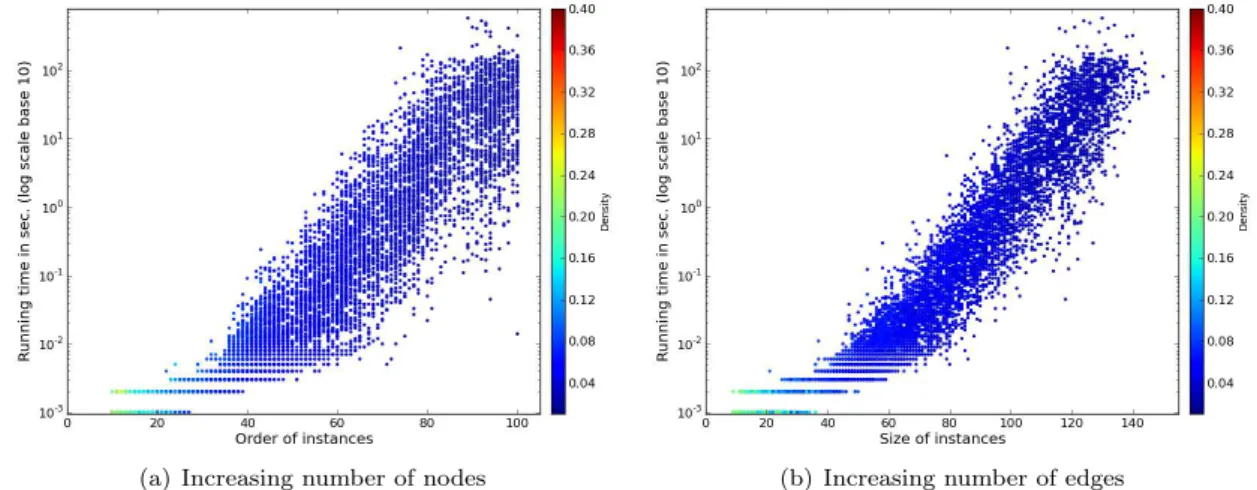

Documents relatifs
L'évaluation d'un nœud de l'arbre de recherche a pour but de déterminer l'optimum de l'ensemble des solutions réalisables associé au nœud en question ou, au contraire, de
The parameters studied included bad level, amount of steel reinforcement, effective length of column, concrete strength, moisture Content, area and shape of cross
We consider the solution of hard problems of the knapsack family, like multidimensional knapsack problems or knap- sack sharing problems, to become possible in reasonable time with
Table 4 reports the size of the critical tree for five branching rules (two static rules Forward, Alternate, and three dynamic strategies MaxSum, MinMin and MinBranch) and two
Throughout our experiments we suspected that if we adopt a branching rule that considers the jobs in nondecreasing order of time delays, the dominance rules of Lemmas 2.16 and 2.18
As of 2014, the state-of-the-art method for solving problem (1) to optimality is the semidefinite-based branch-and-bound algorithm of [MR12] which is able to solve instances of size n
After a background on ransac , interval methods and Jaulin et al.’s ap- proach in Section 2, we describe in Section 3 an interval branch and bound algorithm that can compute the
